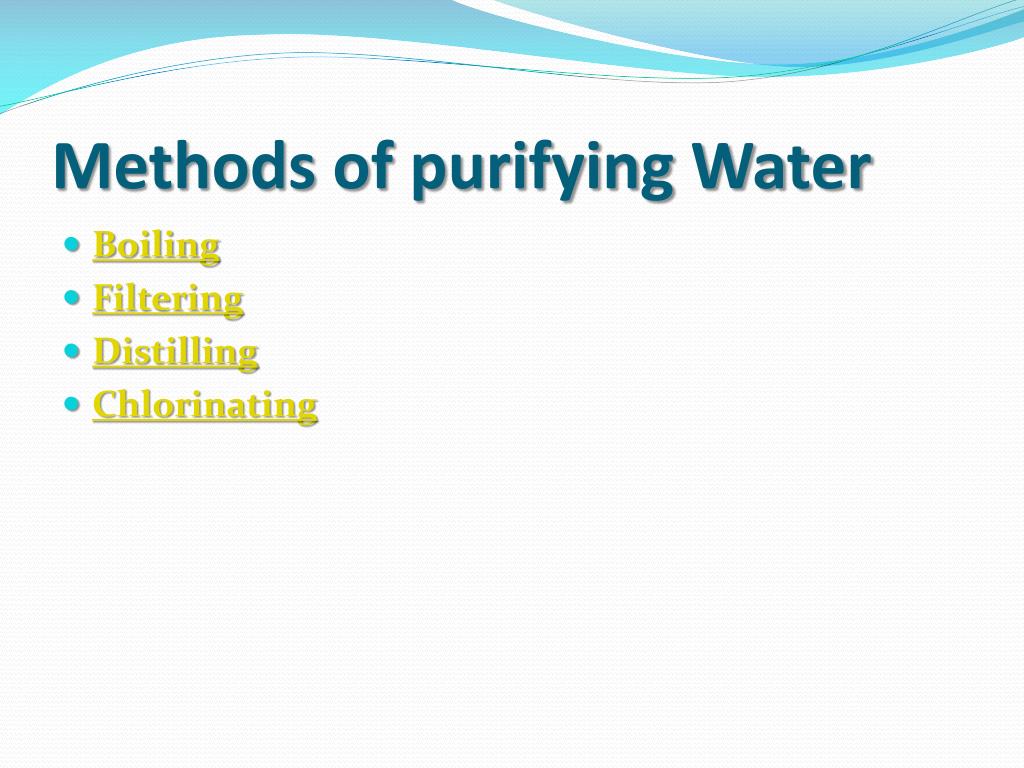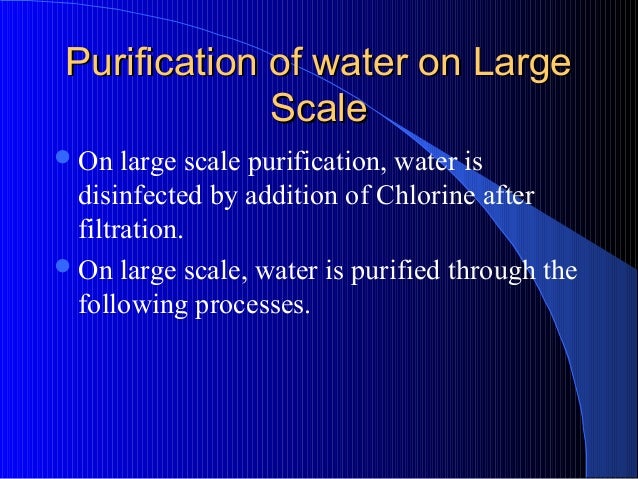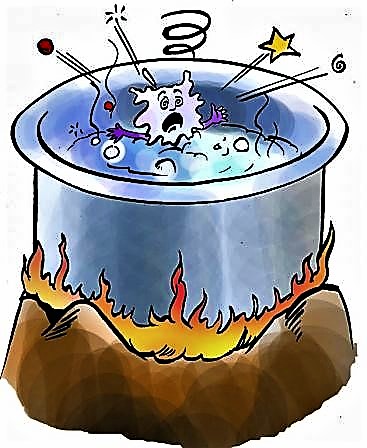Household water treatment treatment that happens at the point of water collection or use rather than at a large centralized location improves water quality and reduces diarrheal disease in developing countries five proven treatment options are widely implemented in many developing countries.
Household purification of water definition.
Drinking water purification by using household multi stage reverse osmosis equipment.
The goal is to produce water fit for specific purposes.
Water purification plays a key role in ensuring access to safe drinking water.
Epa research supports efforts under the clean water act and safe drinking water act.
Water purification process by which undesired chemical compounds organic and inorganic materials and biological contaminants are removed from water that process also includes distillation the conversion of a liquid into vapour to condense it back to liquid form and deionization ion removal through the extraction of dissolved salts.
Safe drinking water positively impacts the health of the entire community.
A water filter removes impurities by lowering contamination of water using a fine physical barrier a chemical process or a biological process.
Filters cleanse water to different extents for purposes such as providing agricultural irrigation accessible drinking water public and private aquariums and the safe use of ponds and swimming pools.
Most water is purified and disinfected for human consumption drinking water but water purification may also be carried out for a variety of other purposes including medical pharmacological chemical.
People depend on water for drinking cooking washing carrying.
Water purification is the process of removing undesirable chemicals biological contaminants suspended solids and gases from water.
Water topics when the water in our rivers lakes and oceans becomes polluted.
Water supply system infrastructure for the collection transmission treatment storage and distribution of water for homes commercial establishments industry and irrigation as well as for such public needs as firefighting and street flushing.
Household water treatment and safe storage hwts interventions can lead to dramatic improvements in drinking water quality and reductions in diarrhoeal disease making an immediate difference to the lives of those who rely on water from polluted rivers lakes and in some cases unsafe wells or piped water supplies.
Systems are in place to ensure ongoing water quality including water quality testing.
It can endanger wildlife make our drinking water unsafe and threaten the waters where we swim and fish.
The water treatment at home for domestic use or the tap water treatment should cover all areas of water use at home like consumption of water for sanitary purposes for laundry and washing of dishes for filling up air humidifiers etc.
Of all municipal services provision of potable water is perhaps the most vital.
Table 1 summarizes the various household technologies for water purification on the basis of their practicality availability and effectiveness in improving the microbiological quality of the water cost and limitations.















































